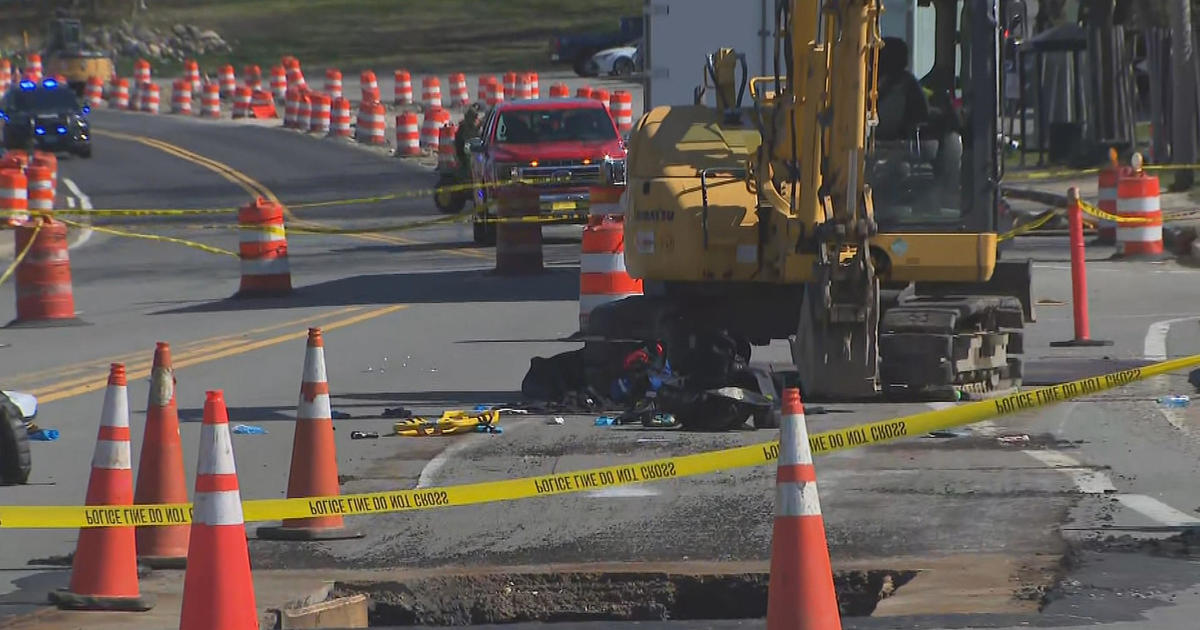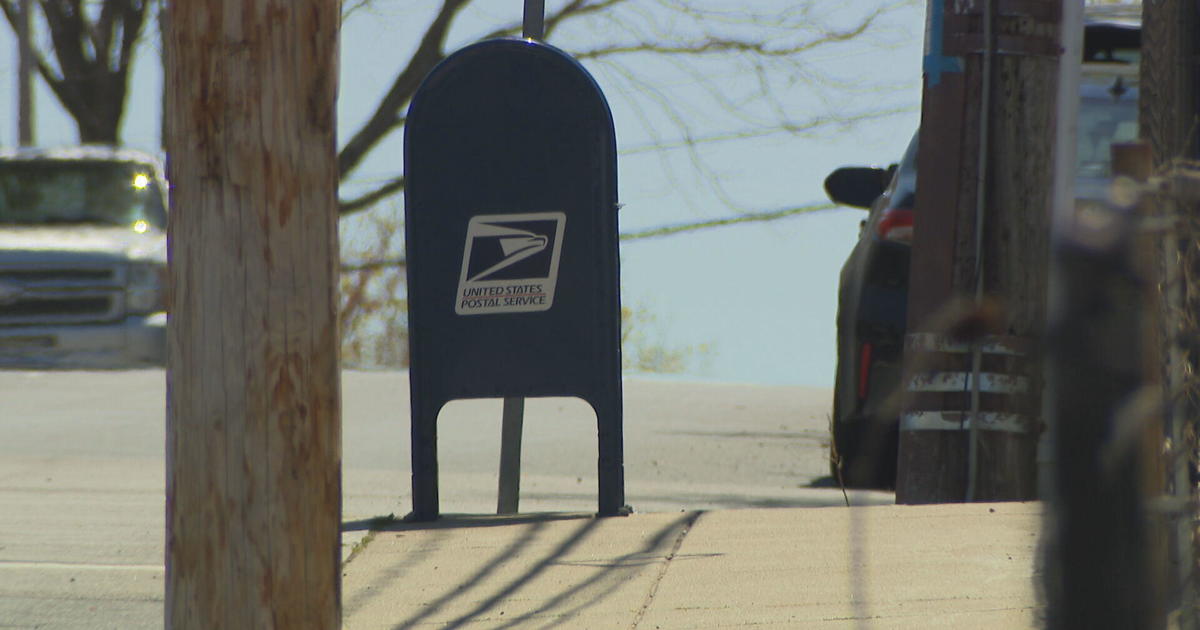Risk Rating 2.0: Major Changes Coming To National Flood Insurance Program
BOSTON (CBS) - In New England we know the power of water. From destructive waves destroying homes along the coast to local rivers spilling over their banks, flooding can be disastrous. The U.S. spends millions of dollars on flood damage each year. FEMA is expected to launch the most significant update to their Flood Insurance Program in half a century later this year. For anyone who lives in or near an area prone to flooding, it could be good news or financially crippling.
Read: More Eye On Earth Stories
"We've had many severe repetitive losses on this road right here," said Marshfield resident Doris Crary. She holds one of the first policies from the National Flood Insurance Program (NFIP). The NFIP developed in the late 1960s to help people during flooding events.
"If you have a mortgage, I mean you're then required to carry it, even though you may never sustain a loss," Crary said.
FEMA (Federal Emergency Management Agency) manages the NFIP. When they updated and expanded Flood Zones in 2012, premiums for many policy holders skyrocketed. Now, another change is coming in October called Risk Rating 2.0.
"Initially I was very concerned about risk rating 2.0, and that it would be detrimental, and take the coast of flood insurance up even higher on properties that had flood insurance. But the more that I've gotten to know about it, the more that I now know that, that probably isn't the case. In fact, the cost of Flood Insurance will probably go down and it's going to allow people to kind of start over in the program," said Crary. Her current home that sits next to a marsh has never had water damage or flooding.
"Risk rating 2.0, simply is the largest change in the rating structure of the National Flood Insurance Program in its 53-year-old history," said Joe Rossi, flood specialist for Roger Gray Insurance.
Currently, rates are determined mostly be elevation in a flood zone. Over the last several decades technology has evolved and so had FEMA's understanding of flood risk.
"This is going to be a transition like we've never seen before," Rossi explains. "A home that is right on the seawall is going to have a much different rate than a home that is even a couple hundred feet back or further… and there are a bunch of other rating factors that will go into risk rating 2.0," said Rossi.
Some of the new factors that will go into the calculation of new rates will be distance from a water source, mitigation efforts, storm surge, coastal erosion, heavy rainfall, river overflow, elevation, cost to rebuild, property value and frequency of flooding.
"Now the NFIP is going to say so you've had no losses, so your rate's actually lower… oh you've had a couple of losses, your rate might go up immediately… it basically takes away the rating by zone," Rossi explains.
WBZ reached out to FEMA about the upcoming change and a FEMA spokesperson responded with this statement:
"FEMA is updating the National Flood Insurance Program's rate setting methodology through the implementation of Risk Rating 2.0. This new rating methodology leverages industry best practices and technology, enabling FEMA to deliver rates that are actuarially sound, more equitable, easier to understand and better reflect an individual property's unique flood risk. We continue to share information with Congress in support of FEMA's new initiative."
There are about 58,000 policy holders in Massachusetts. FEMA estimates 39% will see an immediate decrease in premiums, 49% will see an increase up to $120 a year, and 12% will see higher rate hikes.
Meteorologist Sarah Wroblewski traveled to a small neighborhood in Lowell that is in the floodplain and asked if residents were concerned.
"They don't even know about it yet… we're a fairly active neighborhood group, and we heard about this when you called," said John Hamblet, vice chair of the Pawtucketville council.
When the Merrimack River floods in Lowell, so does this low laying neighborhood, like it did in 2006 and 2007. There is a small brook that is about 3 miles long that runs through the neighborhood into the Merrimack.
"It was this deep, everywhere here," Hamblet explains. "And so as the Merrimack starts to flood, before it comes over the banks, and actually back up into claypit brook and floods this entire area."
Many homes here were constructed in the fifties and sixties, before flood zones existed. John Hamblet is worried these homeowners will see those higher insurance rates because they lack the mitigation features like the piles you see on many coastal properties.
Flood Insurance policies through the National Flood Insurance Program must be paid in full and currently some homeowners pay premiums in the thousands.
"Flood insurance you have to pay the whole annual premium prior to the effective date," Hamblet explains. "So what were our residents doing? Residents were putting it on Credit Cards, So by the time they are finished paying the 3000 dollar premium, they've added another $600 or more onto the cost of flood insurance."
He is concerned Risk Rating 2.0 may put them under water.
"The idea of individually rating homes is going to hurt the traditional homeowner…They are the ones that will be penalized," Hamblet said.
FEMA just announced Risk Rating 2.0 rates will be released on August 1. If you pay flood insurance, contact your agent to better determine your new risk. FEMA hopes more people will consider purchasing flood insurance as these new rates will better determine your flooding risk.
Risk Rating 2.0 is expected to transform the National Flood Insurance Program which is currently over 20 billion dollars in debt, to a more financially stable program as climate change will lead to more frequent and severe flooding events in the years to come.



